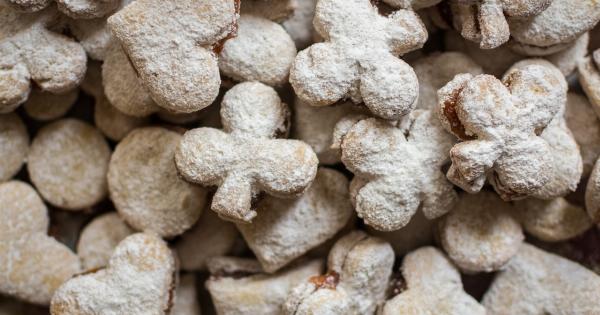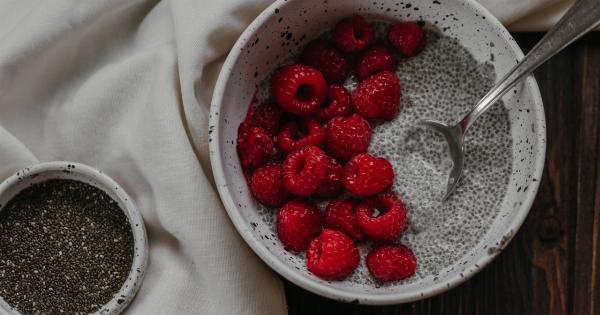Fruits and vegetables are essential to a healthy diet. They provide us with the vitamins, minerals, and nutrients we need to stay healthy and energized. However, many people are storing and preparing their fruits and vegetables wrong.
This can lead to spoiled produce and a loss of valuable nutrients. In this article, we will cover common fruits and vegetables that you may be saving wrong.
Tomatoes
Tomatoes are a common fruit that many people store wrong. They should be stored at room temperature, not in the refrigerator. Refrigerating tomatoes can cause them to become mealy and lose their flavor.
It is recommended to store them in a cool, dry place, away from direct sunlight. If you want to speed up the ripening process, you can place them in a paper bag with an apple or banana.
Avocados
Avocados are another fruit that should not be stored in the refrigerator. However, it is possible to store them in the fridge once they have been cut open. To keep a whole avocado fresh, store it at room temperature until it is ripe.
Once it is ripe, you can then move it to the refrigerator to keep it fresh for a few more days.
Bananas
Bananas should also be stored at room temperature, not in the refrigerator. Refrigerating bananas can cause the skin to turn brown, but the fruit inside will still be okay to eat.
If your bananas start to turn brown before you have a chance to eat them, try peeling and freezing them for a tasty and healthy treat.
Potatoes
Potatoes are a staple in many households, but they are often stored incorrectly. Potatoes should be stored in a cool, dark place, such as a pantry or cellar.
Storing them in the refrigerator can cause the starch in the potatoes to turn into sugar, affecting their taste and causing them to brown more quickly when cooked.
Onions
Onions should also be stored in a cool, dark place. However, they should not be stored with potatoes. Potatoes give off a gas that can cause onions to spoil more quickly. To keep onions fresh, store them in a cool, dry place with good air circulation.
Avoid storing them in plastic bags or containers, as this can trap moisture and cause them to spoil more quickly.
Carrots
Carrots should be stored in a plastic bag or container in the refrigerator. However, they should be kept away from fruits, as certain fruits release ethylene gas that can cause carrots to become bitter.
Keep carrots in the crisper drawer of your refrigerator and make sure they are dry before storing them.
Cucumbers
Cucumbers should be stored in the refrigerator, but not for too long. They can become soft and watery if stored for too long, so try to eat them within a week of purchasing them.
If you have leftover slices of cucumber, try storing them in a container with a drizzle of vinegar to keep them fresh.
Apples
Apples should be stored in the refrigerator to keep them fresh. However, make sure to keep them away from vegetables, as they release ethylene gas and can cause vegetables to spoil more quickly.
Apples should also be stored in a plastic bag or container to help maintain their moisture.
Broccoli
Broccoli should be stored in the refrigerator in a plastic bag or container. However, it is important to use it up within a few days of purchasing it. The longer broccoli is stored, the more bitter it becomes.
Before storing broccoli, make sure it is completely dry to prevent moisture from causing it to spoil more quickly.
Spinach
Spinach should be stored in the refrigerator, but not in the crisper drawer. The crisper drawer can be too humid for delicate greens like spinach.
Instead, wrap spinach in a damp paper towel and store it in a plastic bag or container in the main compartment of the refrigerator. This will help keep it fresh for up to five days.
Conclusion
By storing and preparing your fruits and vegetables correctly, you can help them stay fresh longer and retain more of their valuable nutrients. Remember to keep them in a cool, dry place and avoid storing certain fruits and vegetables together.
With these tips, you can enjoy fresh, healthy produce all week long.






























